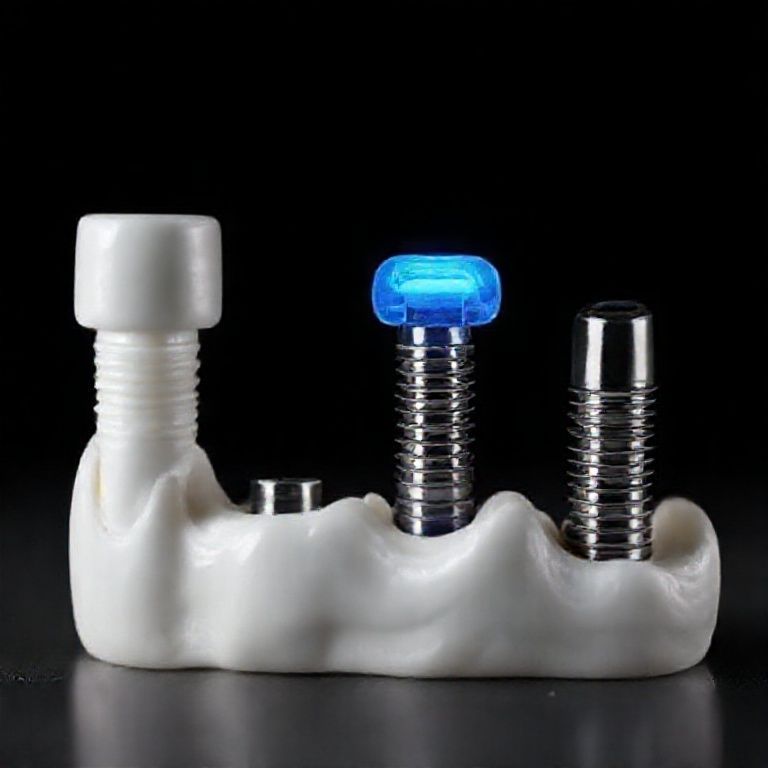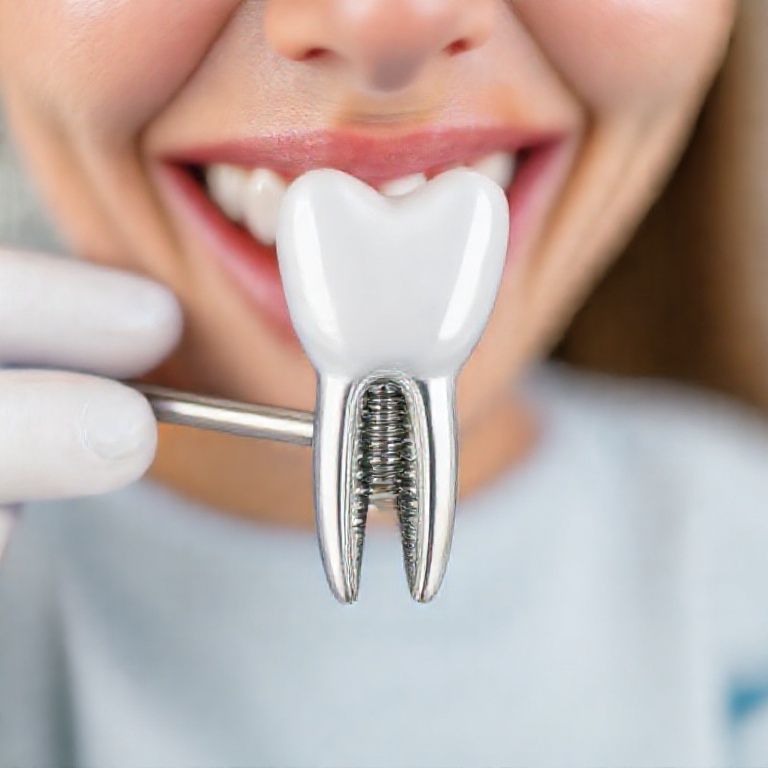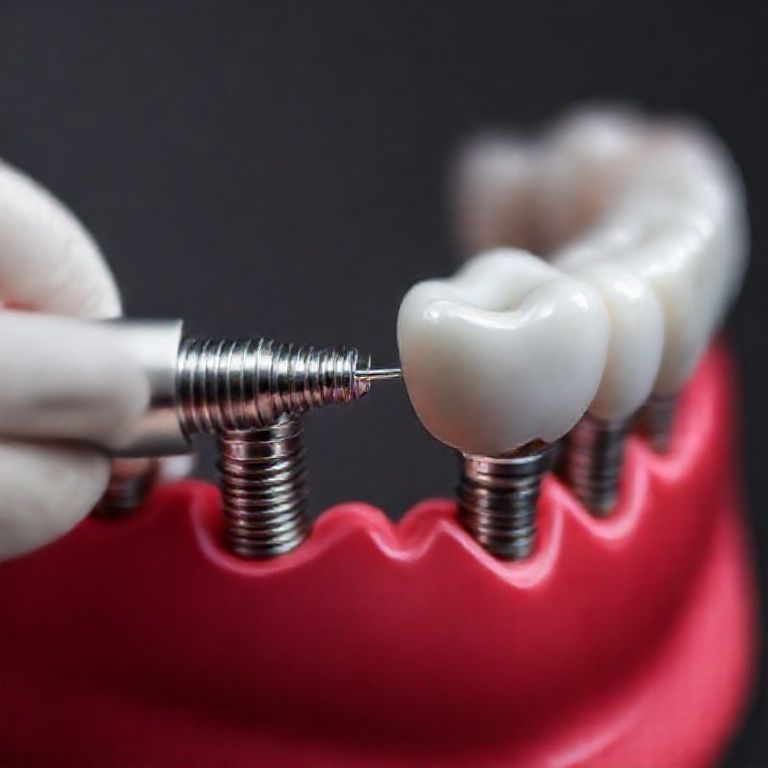dental implants $1500
Dental implants have revolutionized the field of dentistry, offering a permanent solution for missing teeth that looks, feels, and functions like natural teeth. For many, the idea of dental implants conjures up images of expensive procedures and lengthy recovery times. However, with advancements in technology and increased accessibility, dental implants are now more affordable than ever, with options starting at around $1500.
This article delves deep into the world of dental implants, exploring their history, types, procedures, costs, and benefits. Whether you’re considering dental implants for yourself or simply curious about this innovative dental solution, this guide will provide you with all the information you need to make an informed decision.

2. What Are Dental Implants?
Dental implants are artificial tooth roots made of biocompatible materials, typically titanium, that are surgically placed into the jawbone. They serve as a sturdy foundation for replacement teeth, such as crowns, bridges, or dentures. Unlike traditional dentures or bridges, dental implants are permanent and do not require adhesives or adjacent teeth for support.
Key Components of Dental Implants:
- Implant Post: The titanium screw that acts as the root.
- Abutment: The connector that holds the replacement tooth.
- Crown: The visible part of the implant that mimics a natural tooth.
3. The Evolution of Dental Implants
The concept of dental implants dates back thousands of years, with ancient civilizations using materials like shells and stones to replace missing teeth. However, modern dental implants as we know them today began in the 1950s, thanks to the discovery of osseointegration by Swedish orthopedic surgeon Per-Ingvar Brånemark.
Osseointegration refers to the process by which the implant post fuses with the jawbone, creating a stable and long-lasting foundation. This breakthrough paved the way for the development of safe and effective dental implants.
4. Types of Dental Implants
There are several types of dental implants, each designed to meet specific needs:
a. Endosteal Implants
The most common type, these are placed directly into the jawbone and are ideal for patients with sufficient bone density.
b. Subperiosteal Implants
These are placed under the gum but above the jawbone, making them suitable for patients with insufficient bone height.
c. Zygomatic Implants
A less common option, these are anchored in the cheekbone (zygoma) and are used for patients with severe bone loss in the upper jaw.
5. The Dental Implant Procedure: Step-by-Step
The dental implant process typically involves several stages and can take several months to complete. Here’s a detailed breakdown:
Step 1: Initial Consultation
Your dentist will evaluate your oral health, take X-rays, and determine if you’re a good candidate for implants.
Step 2: Bone Grafting (If Needed)
If your jawbone is too thin or soft, a bone graft may be required to provide a stable foundation.
Step 3: Implant Placement
The titanium post is surgically placed into the jawbone. This procedure is performed under local anesthesia.
Step 4: Osseointegration
Over the next 3-6 months, the implant fuses with the jawbone.
Step 5: Abutment Placement
Once osseointegration is complete, the abutment is attached to the implant.
Step 6: Crown Placement
Finally, the custom-made crown is placed on the abutment, completing the process.
6. Why Choose Dental Implants?
Dental implants offer numerous advantages over other tooth replacement options:
- Natural Look and Feel: Implants are virtually indistinguishable from natural teeth.
- Durability: With proper care, implants can last a lifetime.
- Improved Oral Health: Unlike bridges, implants do not require altering adjacent teeth.
- Enhanced Comfort: Implants eliminate the discomfort and instability of dentures.
- Bone Preservation: Implants prevent bone loss by stimulating the jawbone.
7. The Cost of Dental Implants: Is $1500 Realistic?
The cost of dental implants can vary widely depending on factors such as location, dentist expertise, and the complexity of the procedure. On average, a single dental implant can cost between 3000and3000and5000. However, some clinics offer affordable options starting at $1500 per implant.
Cost Comparison of Dental Implants vs. Other Options
| Treatment Option | Average Cost | Lifespan | Pros | Cons |
|---|---|---|---|---|
| Dental Implant | 1500−1500−5000 | 25+ years | Permanent, natural look | Higher upfront cost |
| Dental Bridge | 1000−1000−3000 | 10-15 years | Less invasive | Requires altering adjacent teeth |
| Dentures | 500−500−2000 | 5-10 years | Affordable | Unstable, requires adhesives |
8. Factors Affecting the Cost of Dental Implants
Several factors can influence the cost of dental implants:
- Number of Implants: More implants mean higher costs.
- Bone Grafting: Additional procedures increase the overall cost.
- Material Quality: High-quality materials are more expensive.
- Dentist’s Expertise: Experienced dentists may charge more.
- Geographic Location: Costs vary by region and country.
9. Dental Implants vs. Other Tooth Replacement Options
While dental implants are often the best choice, they may not be suitable for everyone. Here’s a comparison of dental implants with other options:
a. Dental Bridges
- Pros: Less expensive, quicker procedure.
- Cons: Requires altering adjacent teeth, shorter lifespan.
b. Dentures
- Pros: Affordable, non-invasive.
- Cons: Unstable, requires regular maintenance.
c. Implant-Supported Dentures
- Pros: Combines the stability of implants with the affordability of dentures.
- Cons: Higher cost than traditional dentures.
10. The Science Behind Dental Implants
Dental implants rely on the principle of osseointegration, where the titanium post fuses with the jawbone. This process is facilitated by the biocompatibility of titanium, which encourages bone growth around the implant.
Key Scientific Concepts:
- Biocompatibility: Titanium’s ability to integrate with living tissue.
- Bone Remodeling: The continuous process of bone growth and resorption.
- Load Distribution: Implants distribute chewing forces evenly, preventing bone loss.
11. Who Is a Good Candidate for Dental Implants?
Ideal candidates for dental implants:
- Have sufficient bone density.
- Are in good overall health.
- Do not smoke or are willing to quit.
- Have healthy gums.
12. Risks and Complications of Dental Implants
While dental implants have a high success rate (over 95%), potential risks include:
- Infection at the implant site.
- Nerve damage.
- Implant failure due to poor osseointegration.
- Sinus problems (for upper jaw implants).
13. How to Care for Your Dental Implants
Proper care can extend the lifespan of your implants:
- Brush and floss regularly.
- Avoid chewing hard foods.
- Visit your dentist for regular check-ups.
14. The Future of Dental Implants
Advancements in technology are making dental implants more accessible and affordable. Innovations such as 3D printing, nanotechnology, and bioactive materials are set to revolutionize the field.
15. Conclusion
Dental implants offer a permanent, natural-looking solution for missing teeth. While the cost can be a barrier, options starting at $1500 make them more accessible than ever. With proper care, dental implants can last a lifetime, making them a worthwhile investment in your oral health and overall well-being.
16. FAQs
Q1: How long do dental implants last?
A: With proper care, dental implants can last 25 years or more.
Q2: Does dental implant surgery hurt?
A: The procedure is performed under anesthesia, so you won’t feel pain during the surgery. Some discomfort may occur during recovery.
Q3: Can I get dental implants if I have bone loss?
A: Yes, bone grafting can provide the necessary foundation for implants.


